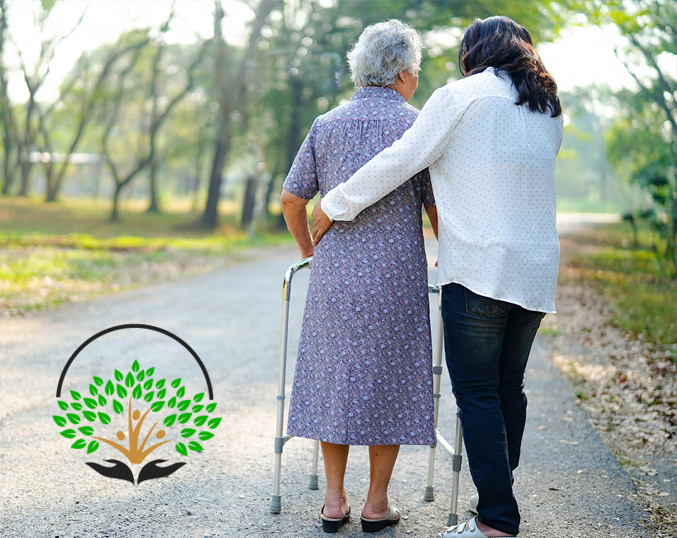Our Service
Stroke Care
A stroke occurs when blood supply to part of the brain is interrupted or reduced. This prevents brain tissues from getting adequate oxygen and nutrients, resulting in brain damage.
As a stroke is a medical emergency, prompt treatment is crucial to reduce brain damage and prevent other complications. While advanced medical science has significantly improved the recovery rates of stroke patients today, the greying population is also expected to result in a rise of stroke cases.
There are other symptoms of stroke which include:
- Sudden weakness or numbness of the face, arm or leg, especially on one side of the body
- Sudden trouble walking, dizziness, loss of balance or incoordination
- Sudden severe headache with no known cause
- Sudden trouble seeing in one or both eyes
There are some stroke risk factors which you have no control over such as older age, race, genetics and past history of stroke.
However, there are many other risk factors which are within your control. These include high blood pressure, cholesterol problems, smoking, diabetes, obesity and a sedentary lifestyle.
Having a healthy diet and regular exercise are also important for reducing the risk of stroke. In addition, attending regular health screenings once you are above the age of 40 increases the chances of detecting any risk factors early.

